Published by:

F-2/16, Ansari road, Daryaganj, New Delhi-110002
 23240026, 23240027 Fax: 011-23240028
23240026, 23240027 Fax: 011-23240028
Email:
Branch : Hyderabad
5-1-707/1, Brij Bhawan (Beside Central Bank of India Lane)
Bank Street, Koti Hyderabad - 500 095
 040-24737290
040-24737290
E-mail:

Copyright: Dr. N. K. Srinivasan
ISBN: 978-93-81384-63-3
Edition: April 2011
The Copyright of this book, as well as all matter contained herein (including illustrations) rests with the Publishers. No person shall copy the name of the book, its title design, matter and illustrations in any form and in any language, totally or partially or in any distorted form. Anybody doing so shall face legal action and will be responsible for damages.
Om Sai Ram
This book is dedicated to
MY LORD SHIRDI SAINATH
Contents
Preface
This small book is aimed at providing practical techniques of meditation for the general reader. Whether religious or not, one can practise meditation for mind control to achieve mental poise (balance) and mental peace. In the modern, high-tension lifestyle, meditation for even 10 or 15 minutes can bring about great mental and physical relief and solace to a troubled mind. There are, of course, those who wish to pursue meditation as a spiritual effort or sadhana.
We present several techniques commonly practised from Indian traditions over the ages. Starting with simple breath-watch, many methods used by yogis and monks are given in simple, easy steps, with numbered practice sessions. One should follow the steps carefully to derive maximum benefit. Certain meditations for healing are also included.
The present book carefully examines some of the controversial issues and presents the best approach or thinking known to the author. Several warnings are given so that the reader is not misled by teachers /gurus who profess wrong or misguided teachings or practice.
Since meditations advanced by Buddhist monks are very important, a chapter is devoted for such practices. In fact, these methods originated in India and later spread to China, Japan and Tibet under the care of Buddhist clergy. A detailed account of chakras and related meditations are given; this is one of the major topics, often misinterpreted in yoga literature. For a beginner, the chapters on the benefits of meditation and frequently asked questions (FAQs) would clarify many common doubts and help to strengthen ones interest in meditation.
It is hoped that this small book will enable a beginner to learn the basics and to practise meditation in easy ways. The practise of meditation, even in a small way, will gradually enable the reader to realise his or her full potential as a human on this earth. Perseverance is required.
27 July 2004
Dr N.K. Srinivasan
Bangalore
1. Introduction
Meditation is a process that anyone can learn and practise. If you happen to be religiously inclined, certain types of meditations would appeal to you. If you are not, there are other types of secular meditations that you can practise.
In a sense, meditation is a natural process as natural as your breathing. No one taught you how to breathe when you were born. Likewise, we all meditate, often unconsciously. When you are at the altar or pooja room at the home or in a temple or church or mosque, a few moments of thoughtless awareness may be experienced. But such moments are rare and fleeting, and may not make an impression in your mind. Here we are talking about conscious meditation through practise, with definite objectives.
The effects or results are bound to be long-lasting and under your control. You are aware of yourself as a meditator in the early stages, though at later times, you lose your awareness. Only when you come out of the meditative state, you feel: My God, I was in deep meditation for nearly an hour.
Furthermore, the effects of meditation will be felt even after the formal meditative state is over say for the whole day or for a few days. Meditative experience is similar to deep, dreamless sleep (sushupti) but with this difference you are conscious of yourself in meditation but not so in deep sleep.
While meditation per se is a natural process, you need some kind of training and guidance to achieve effective results. A child may learn swimming very fast with little coaching.
A grown-up man or woman needs effective coaching to learn to swim due to fear, stiffness of the body and lack of coordination. Likewise, a small boy with less cares and anxieties may learn meditation very fast, but for grown-ups, especially for an anxiety-ridden businessman or woman or a busy professional, unwinding first from tensions and then practising meditation are not easy skills. He or she needs training from an experienced master.
What would you learn from this book? There are yogis and seers who are constantly in a meditative state called Sahaja Samadhi but everyone does not attain this state. Some go into trance for several hours again a state reached by advanced yogis. While these states are not impossible for anyone, they are not easy to achieve either. What we explain in this book are more modest efforts suited to modern men and women hurrying through life, with a burden of anxieties and worries not for those who retire into retreats or the caves of Himalayas for months at a stretch. The practices are simple and easy to follow and can be practised for a few minutes to an hour or more each day.
Self-help Vs. Guru Teaching
A Guru or preceptor who can initiate you and monitor your progress is desirable. A guru literally means one who dispels darkness or ignorance. (The word ignorance has deep meaning in Hindu philosophy or Vedanta and we would not digress into that!)
But real, accomplished gurus are rare and may not be accessible to you There are many gurus and teachers with very elementary knowledge obtained after a short course under a guru or teacher who proclaim their powers and begin to teach without much practice or experience (anubhava) on their own part. Then there are gurus attached to certain groups or organisations who teach, in a mechanical way, certain steps or methods with very limited understanding or appreciation of the deeper meanings of the processes. In fact, such gurus are aplenty in any large city and they even regularly advertise in the Yellow Pages or newspapers!
It should be added that there are great gurus in India, but they are not easily accessible for a variety of reasons. Some are totally unapproachable and would drive away any intruder disturbing their solemn penance. Some may give cryptic guidance through a chance encounter, if you are destined to receive their instruction and grace. For many young people, the rigorous lifestyle of some ashrams and yogadhams (yoga centres) are totally uncomfortable. (For many westerners or western-styled Indians, these ashrams or gurus are unliveable, as some would put it except for a few students of philosophy or religion, who do their thesis work for a Ph.D. and somehow put up with these difficulties for a few months to complete their field work.)



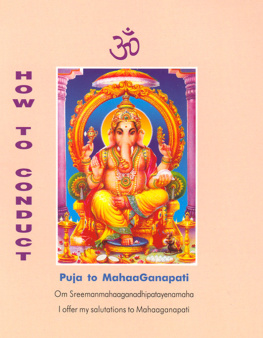
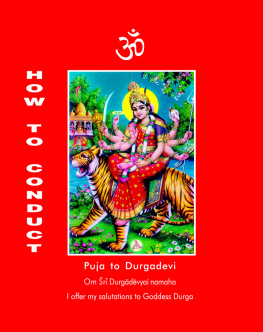
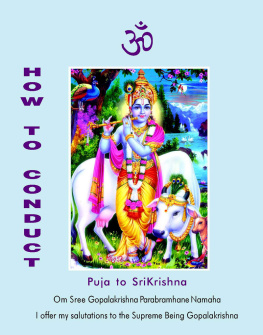
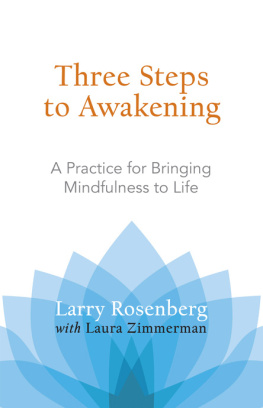
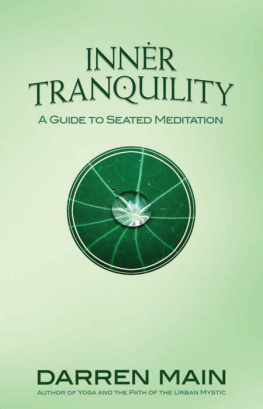


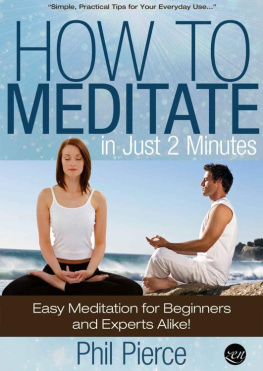
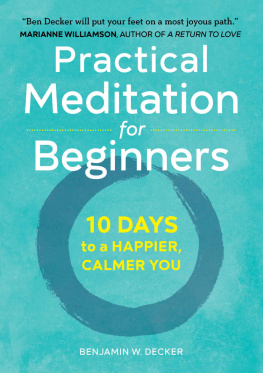
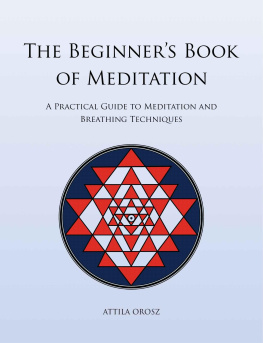
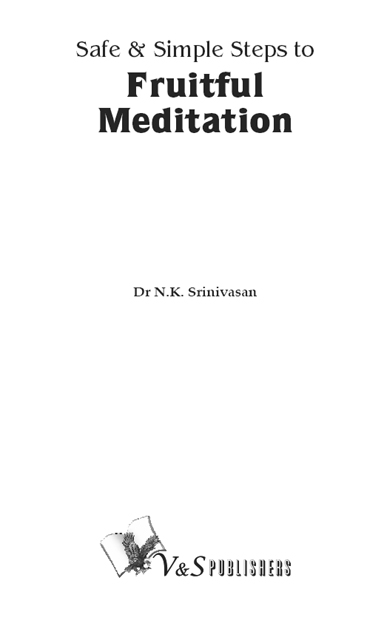
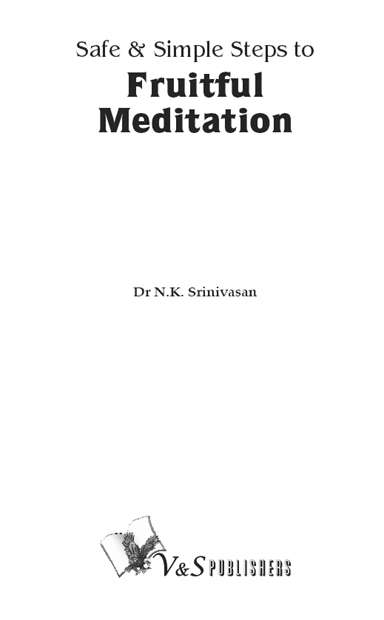

 23240026, 23240027 Fax: 011-23240028
23240026, 23240027 Fax: 011-23240028